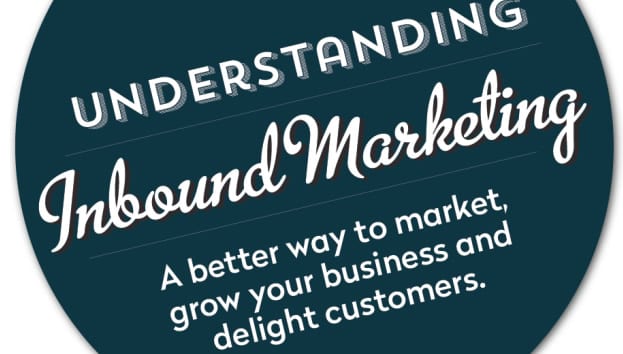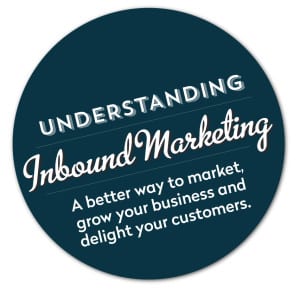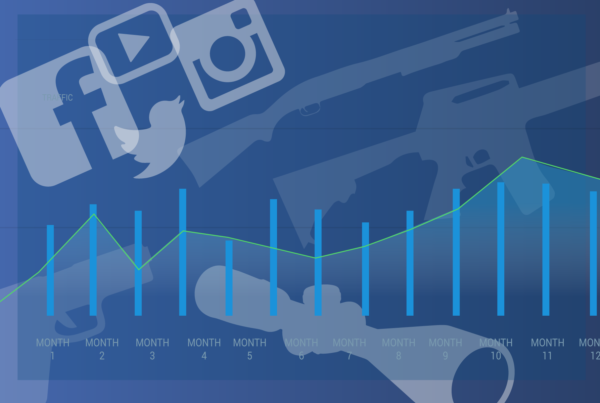
 As a marketer or business owner you’ve most likely at one point purchased an ad in the yellow pages, local magazine, radio, tried direct mail or maybe even shot a 30 second spot. These forms of advertising commonly known as “push” marketing or “outbound” marketing has been the gold standard for advertising since the 1950s.
As a marketer or business owner you’ve most likely at one point purchased an ad in the yellow pages, local magazine, radio, tried direct mail or maybe even shot a 30 second spot. These forms of advertising commonly known as “push” marketing or “outbound” marketing has been the gold standard for advertising since the 1950s.
For a long time marketers have been pushed into utilizing these types of advertising mechanisms to acquire sales leads and customers. Often times we feel like we’re throwing our time, energy and money out the window because typically there is no way to know if our efforts are really paying off—and if they are, we don’t know why—as it’s very hard to track and measure. This has been the common experience of outbound marketing for almost 70 years. Although it is effective to a degree and in certain channels and industries, its always left me wondering; why can’t we as marketers figure out a better way to get a higher rate of return on our advertising dollars?
Enter 2014, and things as you now well know have changed drastically— if you didn’t feel it last year, you will this year. We’ve experienced a fundamental shift in consumer behavior. People no longer want to have one way conversations with companies, they want a two way conversation. For a long time it was always the company doing all the talking, but now consumers want to talk back. This has caused the smartest companies to engage in what is called inbound marketing.
Since 2006, inbound marketing has been the most effective marketing method for doing business online. Instead of the old outbound marketing methods of buying ads, buying email lists, and praying for leads, inbound marketing focuses on creating quality content that pulls people toward your company and product, where they naturally want to be. By aligning the content you publish with your customer’s interests, you naturally attract inbound traffic that you can then convert, close, and delight over time. (Source: Hubspot)
Below we have put together an infographic on inbound marketing to help you understand how it compares to outbound marketing. We hope that this will shed some light and give you some ideas on how to grow your business this year.
Interested in learning more about inbound marketing and how it can grow your marketing and sales? Take a look at the this next post on How Inbound Marketing Works.






